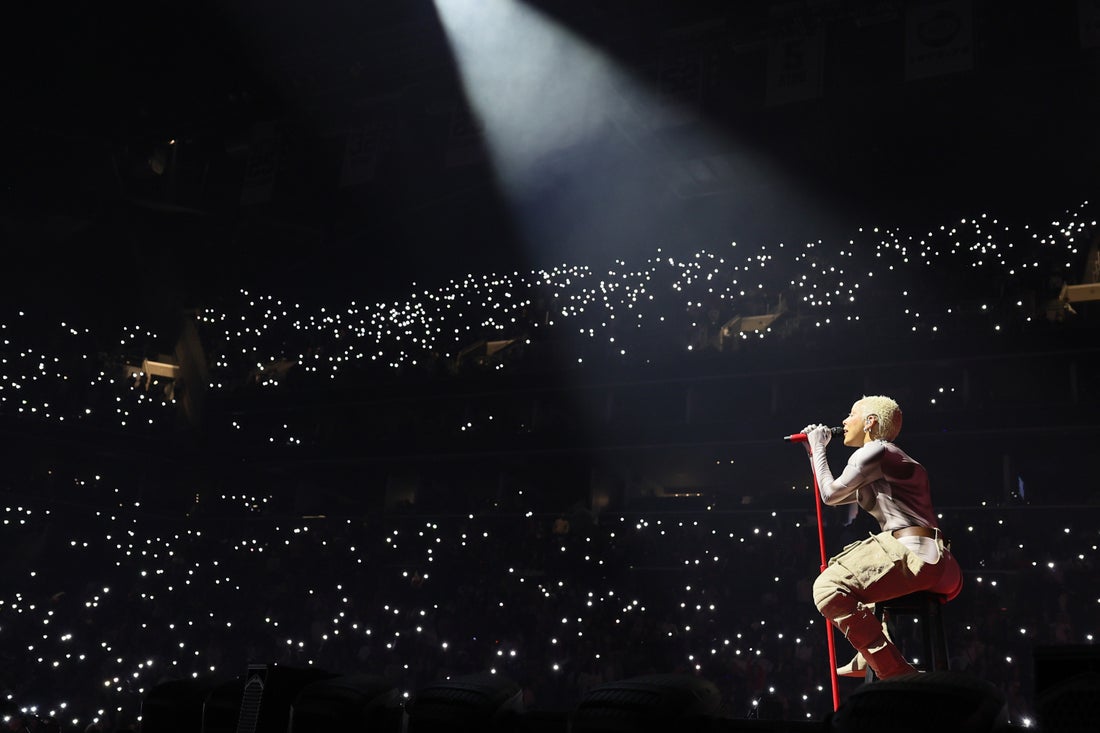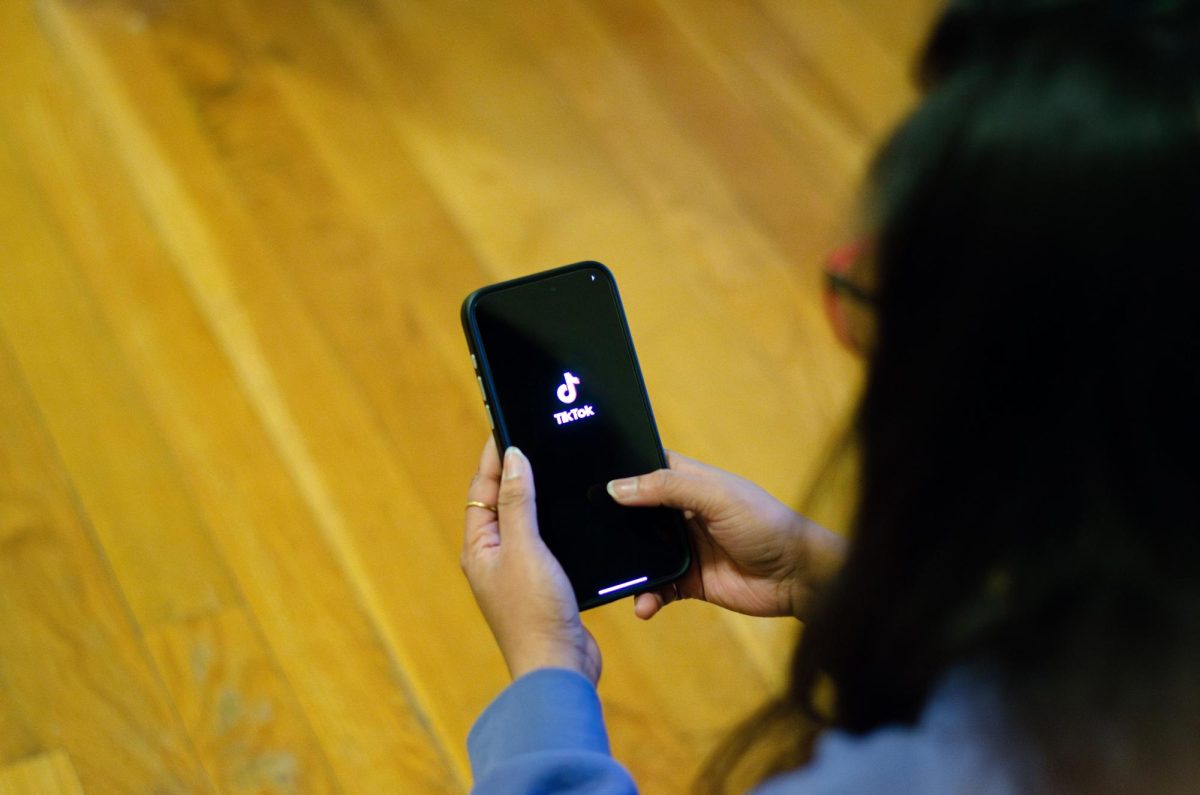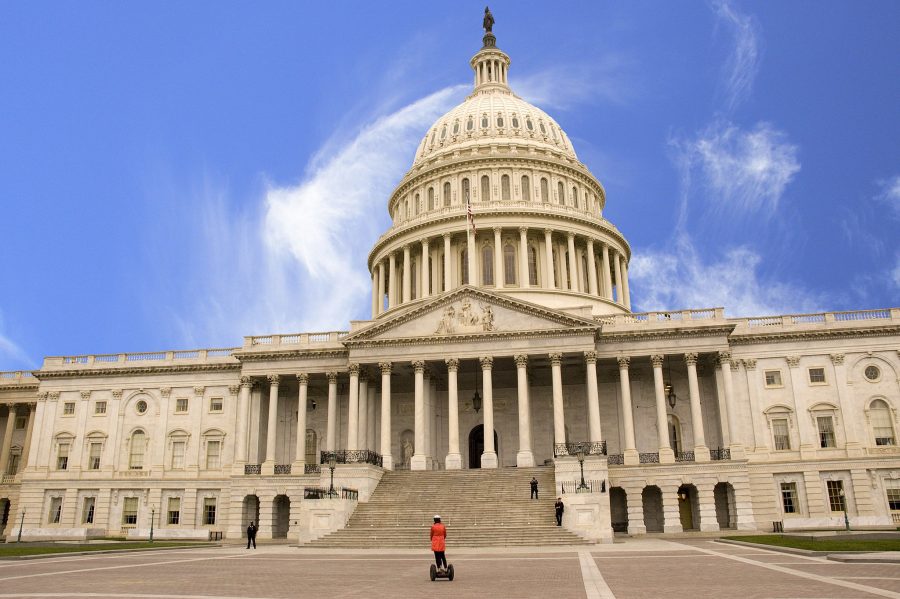Jan. 21—On Dec. 22, 2018 the United States of America’s president, Donald Trump, declared a partial government shutdown after his request to increase the amount of money going toward the wall on the Mexican border was denied. An article from Business Insider stated that, “Trump demands $5 billion in border-wall funding, Democrats counter with an offer of $1.6 billion in general border-security funding.” He declined their proposition.
Government shutdowns—past and present—are caused by branch and political party disputes over money and the national budget. One duty of the Legislative Branch is that they are required each fiscal year to pass the government spending budgets for all the different federal agencies and programs. The Committee for a Responsible Federal Budget wrote on their website, “Every year, Congress must pass and the President must sign budget legislation for the next fiscal year (FY), consisting of 12 appropriations bills, one for each Appropriations subcommittee.” This current shutdown is only partial because they had already signed five of the 12 bills.
As of Jan. 22, 2019, the shutdown drags into day 32—the longest in U.S. history. Before this year, the longest shutdown was during Bill Clinton’s presidency, in effect for 21 days, lasting from Dec. 16, 1995 to Jan. 6, 1996.
Who is effected? Around 380,000 federal employees have been furloughed and another 420,000 are required to go in without pay. Furloughed meaning that, legally, they are not allowed to clock in or get paid. Essential employees such as law enforcement, TSA (Transportation Security Administration) agents, and Postal workers are the ones working without a paycheck. Many FDA (Food and Drug Administration) employees as well as NPS (National Park Service) park rangers and museum curators have been furloughed, but a small number remain to watch over their respective businesses. With the most recent incident concerning the Joshua trees being destroyed in Joshua Tree National Park, the park has closed. Other national parks have also been closed but cannot update their websites to tell the public. Those that have stayed open during the shutdown have sustained damage in the way of littering, a lack of restroom maintenance, and no road cleanups. Some states like New York and Arizona have tried to step up to help the parks stay clean and protected. To protect the pieces, some Smithsonian museums outside of Washington D.C. have closed their doors.
President Trump has been steadfast in his request for a border wall. New York Times journalists Annie Karni and Maggie Haberman reported: “‘What we’re not looking to do right now is national emergency,’ he told reporters gathered in the Cabinet Room as the shutdown approached its fourth week. Minutes later he contradicted himself, saying that he would declare a state of emergency if he had to.” Since then, though he re-told the press he would declare a national emergency to build his wall, Trump revoked his statement again on Jan. 11, 2019, as told in the same New York Times article.
After Congress and the president debate the future of the Mexican-American border wall, at the end of the government shutdown, most federal employees will get their paycheck in accordance to a law Senate passed back in Dec. 2018.
http://www.crfb.org/papers/qa-everything-you-should-know-about-government-shutdowns
https://www.nytimes.com/2019/01/02/travel/national-parks-smithsonian-shutdown.html
https://www.nytimes.com/2019/01/11/us/politics/national-emergency-risks-trump.html



















































